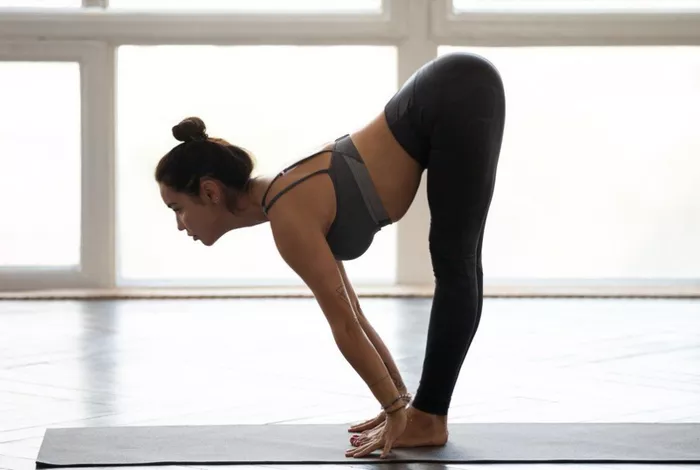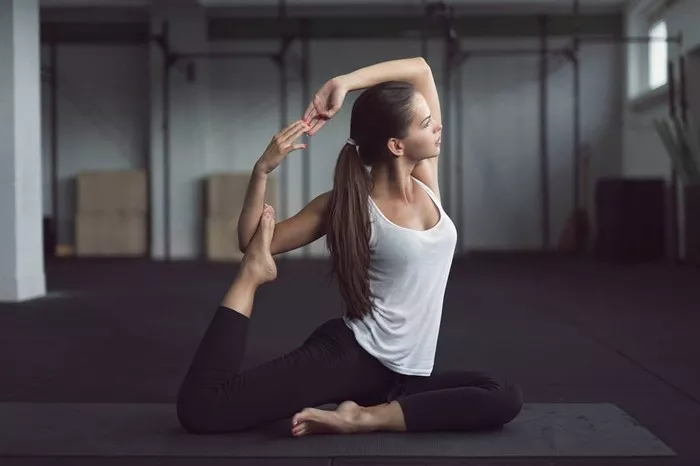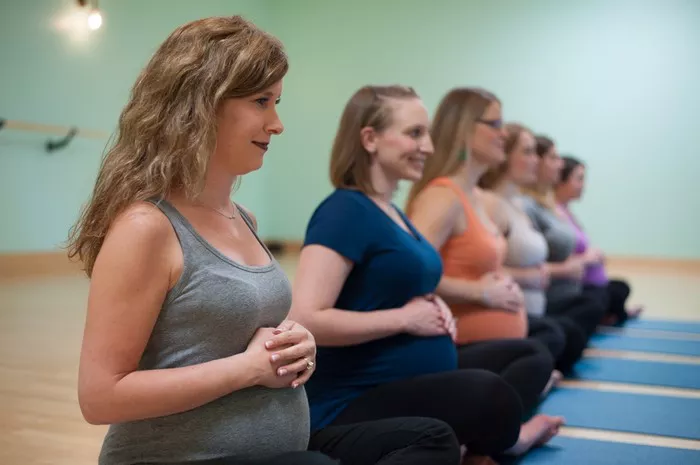Inversions in yoga refer to any pose where the head is below the heart. These include popular postures such as Headstand (Sirsasana), Shoulder Stand (Sarvangasana), Handstand (Adho Mukha Vrksasana), and even Downward-Facing Dog (Adho Mukha Svanasana) in some interpretations. Inversions are known for their numerous benefits, including improved circulation, enhanced focus, and stimulation of the lymphatic system. However, they also carry inherent risks, especially for individuals with specific health conditions or limitations.
Why Caution Is Necessary for Inversions
Despite their benefits, inversions are advanced poses that require strength, balance, and awareness. For beginners, attempting such postures without proper guidance can result in injury. The pressure exerted on the neck, spine, and cardiovascular system may exacerbate existing health issues. Thus, understanding who should avoid or modify inversions in yoga is essential for maintaining a safe and sustainable yoga practice.
1. People with Neck or Spine Issues
Individuals with chronic neck pain, cervical spine injuries, or herniated discs should avoid inversions. Poses like Headstand and Shoulder Stand place significant pressure on the cervical vertebrae, which can aggravate existing problems or cause new injuries. Inversions can compress the discs and strain the muscles supporting the spine, making them unsafe for anyone with structural weaknesses.
Alternatives and Precautions:
- Use props such as yoga blankets or bolsters to support the neck.
- Try gentler inversions like Legs-Up-The-Wall (Viparita Karani).
- Always consult a healthcare professional before attempting any new pose.
2. People with High Blood Pressure or Heart Conditions
Inversions increase blood flow to the head and upper body, which can be dangerous for individuals with uncontrolled high blood pressure or cardiovascular issues. These poses may lead to spikes in blood pressure, dizziness, or even more severe complications such as arrhythmias or fainting.
Tips for Safe Practice:
- Avoid full inversions; opt for supported or semi-inverted poses.
- Monitor how your body reacts to each posture.
- Work closely with a certified yoga instructor who understands your condition.
3. Individuals with Glaucoma or Other Eye Conditions
Glaucoma is a condition where increased intraocular pressure can damage the optic nerve, leading to vision loss. Inversions can significantly raise this pressure, making them extremely risky for people with glaucoma or other serious eye issues. Even brief moments in poses like Headstand can be harmful.
Safer Modifications:
- Avoid head-down postures unless explicitly cleared by an ophthalmologist.
- Gentle restorative yoga can provide many benefits without involving inversions.
- Prioritize eye health and do not take unnecessary risks.
4. Pregnant Women
Pregnancy involves hormonal and physical changes that affect balance, blood pressure, and the position of internal organs. Inversions can potentially reduce blood flow to the fetus or cause discomfort. They can also increase the risk of falls or injuries due to altered center of gravity.
Considerations for Pregnancy:
- Avoid all unsupported inversions, especially in the second and third trimesters.
- Practice under the guidance of a prenatal yoga specialist.
- Use gentle poses to support the body and mind during pregnancy.
5. Beginners Without Adequate Strength or Supervision
While enthusiasm is commendable, beginners often lack the core strength, shoulder stability, and balance required for safe inversion practice. Attempting these poses without proper alignment and support can lead to falls, muscle strain, or long-term injury.
Recommendations:
- Build foundational strength through simpler poses.
- Use a wall or the assistance of an instructor when attempting new postures.
- Take the time to learn correct alignment before progressing.
6. People with Ear Infections or Balance Disorders
Inner ear problems such as infections, vertigo, or Meniere’s disease can be exacerbated by changes in head position. Inversions can disorient individuals suffering from these conditions, making them feel dizzy or nauseous.
How to Adapt:
- Avoid sudden or prolonged inversions.
- Choose grounding poses that do not challenge your balance.
- Always move slowly and mindfully during practice.
7. Individuals Experiencing Migraines or Frequent Headaches
Migraines and tension headaches can be worsened by increased blood pressure to the head or tightness in the neck. Inversions often aggravate these symptoms, even if they are done correctly. For those prone to head pain, it is best to avoid or significantly modify such poses.
Managing Symptoms:
- Restorative yoga with a focus on breathwork can be more beneficial.
- Avoid putting the head below the heart.
- Keep a symptom diary to track what triggers discomfort during practice.
8. People with Osteoporosis or Low Bone Density
Inversions place weight on bones in unusual directions. For those with osteoporosis, this increases the risk of fractures, particularly in the spine, wrists, and hips. Even minor pressure from head-down poses can be enough to cause harm in individuals with compromised bone health.
Safer Practice Options:
- Stick to weight-bearing standing poses to build bone density safely.
- Avoid any pose that feels jarring or puts unusual stress on the body.
- Use props to reduce strain and increase stability.
9. Children and Adolescents Without Supervision
Young practitioners often enjoy the thrill of turning upside down, but their bodies are still developing. Unsupervised inversion practice can lead to misalignments, strain, or long-term issues. The growth plates in their bones are vulnerable, and repeated pressure may cause harm.
Guidelines for Youth:
- Always practice under adult or teacher supervision.
- Use age-appropriate modifications.
- Encourage a playful, safe environment without pushing limits.
General Safety Tips for Inversion Practice
Regardless of individual health conditions, certain universal guidelines can help reduce the risk of injury during inversion practice. Safety should always come before aesthetics or perceived progress in yoga. Listen to your body and never force a pose that feels uncomfortable.
Key Tips:
- Warm up adequately before attempting inversions.
- Use props such as blocks, straps, and walls for support.
- Practice on a non-slip, cushioned yoga mat.
- Exit poses slowly and mindfully to avoid dizziness.
- Learn from certified instructors with experience in therapeutic yoga.
Conclusion
Yoga is a deeply personal and adaptive practice. While inversions can be powerful tools for growth and health, they are not suitable for everyone. Understanding your unique physical condition, limitations, and goals will guide you toward a safer, more effective yoga journey. It is always better to grow gradually than to risk injury for the sake of progress. Respecting your body’s signals is the first step in mastering not just inversions, but the philosophy of yoga itself.
Related Topics:















